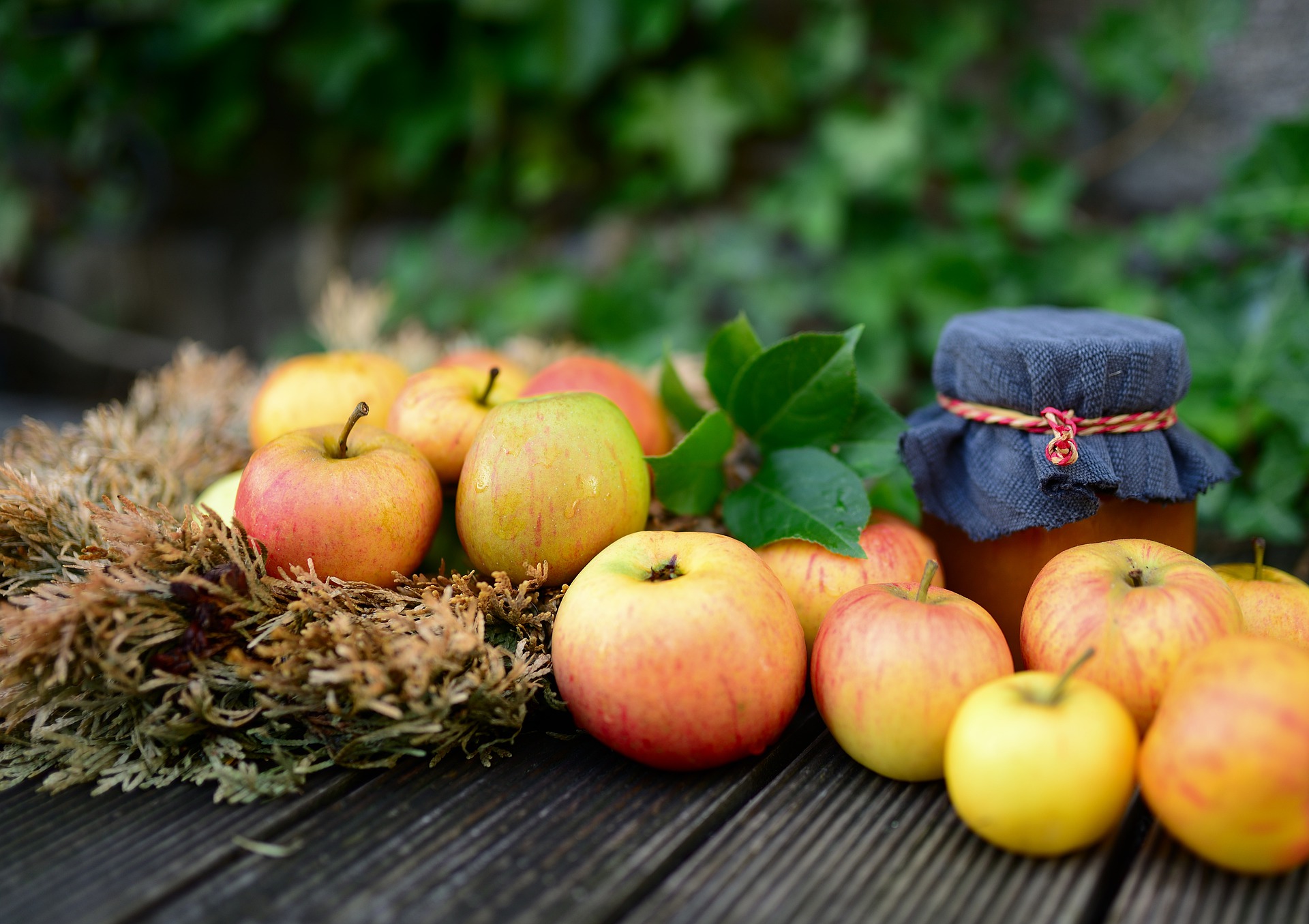Brown rot of apple fruits, caused by Monilinia fructigena, is the most significant cause of stone fruit decay, primarily affecting apples and pears, but it can also affect pome fruits such as plums and cherries. This disease causes substantial damage, capable of destroying between 50% to 75% of the crop.
Disease attack
Fruit.
Disease agent
The fungus Monilia fructigena.
Symptoms of the disease
The fruits can be infected from the stage of fruit set to the harvest stage, and even later in storage. At the site of infection, typically the skin of apples or pears, initially appear greenish-yellow spots which later turn light brown and form concentric rings that rapidly expand, covering a large part or the entire fruit. The flesh tissue beneath the spots rots and completely decays. Infected fruits become thoroughly permeated by the fungus’s mycelium and, due to water loss, shrivel and wrinkle. Their inner tissue becomes initially spongy, then hardens but retains a corky consistency. Such fruits remain attached to branches and twigs or fall to the ground, where they are termed “mummies”. These must be promptly removed from orchards as they contribute to the spread of Monilia laxa. On the rotten part of the fruit, wart-like, grayish-brown masses of conidia develop, often appearing in concentric circles.


Disease biology
The fungus overwinters in fruits in the form of mycelium. In spring, cushions containing conidia develop from the mycelium. Through wind, rain, or insects, the conidia are transferred to young and mature fruits, causing small brown lesions that gradually cover the entire surface of the fruit skin. After two winters, pseudo-sclerotia in “mummified” fruits produce apothecia with asci and ascospores.
The susceptibility of fruits to brown rot increases with their maturity. The fungus’s conidia primarily penetrate fruits through insect-caused wounds, hail, using germinating tubes. Occasionally, penetration into fruits is possible through cracks or directly through the cuticle.
The fungus grows intercellularly and through the secretion of enzymes, causing maceration and browning of the infected tissue. Therefore, entire fruits can completely rot within just a few days.


It was long believed that the fungus Monilinia fructigena, the cause of brown rot in apples and pears, primarily parasitizes wounds (e.g., from hail, insect damage, etc.). However, it has been shown that prolonged wetting of fruits, high humidity, and a high disease potential (large number of spores) can also lead to direct infections through intact tissue. Additionally, secondary infections can occur during storage, especially in makeshift facilities such as basements, if the air temperature is too high for apple storage.
This disease particularly spreads rapidly after prolonged rains following a long and warm period because the fruit swells abruptly, creating small cracks that serve as entry points for fungal infection. Infection occurs at temperatures between 24 to 28 °C and relative humidity of 75%. Additionally, any mechanical damage caused by weather events or insect attacks enhances the development of this disease.
Brown rot of apple fruits – Protection
Measures for controlling this disease primarily involve indirect methods, including the control of harmful insects and other diseases that damage the fruits. In spring, it is necessary to collect all mummified fruits for destruction. Storage facilities should be kept clean.
When it comes to chemical protection, products based on triflumizole, trifloxystrobin, pyrimethanil, and fenhexamid are recommended. It is important to observe the pre-harvest interval of the protective agents during application.













































